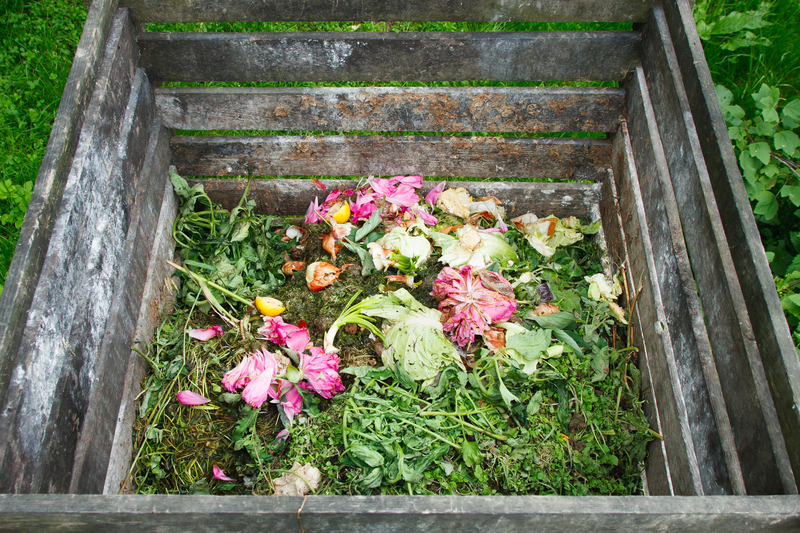In today's world, sustainability has become a critical priority for businesses, and the restaurant industry is no exception. With increasing awareness around environmental concerns, managing food surplus efficiently and sustainably can not only enhance a restaurant's reputation but also contribute to reduced waste and better resource management. This article delves into comprehensive strategies and green solutions for managing restaurant food surplus effectively.
Understanding the Problem of Food Surplus in Restaurants
Food surplus in restaurants can occur due to various factors such as over-preparation, forecasting errors, and unexpected cancellations. This surplus often leads to increased food waste, which is a significant contributor to landfill mass and greenhouse gases. By addressing this issue, restaurants can play a significant role in environmental conservation.

The Environmental Impact of Food Waste
Food waste impacts the environment through the release of methane, a potent greenhouse gas, from decomposing food in landfills. Additionally, wasted food represents a squandered opportunity for using water, energy, and labor resources employed in food production. Reducing food waste aligns with international sustainability goals and helps in conserving precious resources.
Effective Green Strategies for Managing Food Surplus
1. Accurate Demand Forecasting
Predictive Analysis can drastically reduce food waste by enabling better alignment between supply and demand. With the help of technology, restaurants can understand trends, peak periods, and customer preferences, thereby preventing over-preparation.
2. Technology-Driven Solutions
Embracing technology not only enhances customer experience but can also contribute to sustainable practices.
- Inventory Management Software: This software helps track stock levels in real-time, alerts when stocks are near expiration, and prevents over-purchasing.
- AI and Machine Learning: Using artificial intelligence to predict customer behavior and optimize order sizes reduces surplus.
3. Menu Optimization
Modifying the menu based on seasonal availability and popularity reduces unexpected leftovers and optimizes ingredient usage.
4. Portion Control
Portion control can help in minimizing food wastage by adjusting servings to meet average consumption rates. Additionally, offering different portion sizes can cater to diverse customer preferences.
Creative Ways to Utilize Food Surplus
1. Innovative Food Redirection
Transforming surplus food into new creations is a delightful solution both economically and environmentally. Consider these ideas:
- Zero-Waste Recipes: Develop recipes that creatively incorporate leftover ingredients, turning them into signature dishes or daily specials.
- Food Donation: Partnering with local charities or food banks enables timely redistribution of surplus to those in need.
2. Composting Solutions
Turning organic waste into valuable compost not only reduces landfill waste but enriches the soil, fostering local agriculture.
3. Biogas Production
Bio-digestion systems can convert food waste into renewable energy such as biogas, providing a clean energy alternative while reducing energy costs.
Engaging Stakeholders in Sustainable Practices
1. Staff Training and Awareness
Employee engagement is crucial in green initiatives. Conducting training on sustainable practices such as proper stock handling, waste sorting, and energy conservation is essential for lasting impact.
2. Customer Involvement
Incorporate customers into your sustainability journey by providing insights into waste reduction efforts and encouraging sustainable practices through incentives.

The Benefits of Implementing Green Solutions
1. Cost Savings
By minimizing waste and optimizing resource usage, restaurants can significantly reduce operational costs while maintaining quality standards.
2. Enhanced Brand Image
Adopting sustainable practices can boost a restaurant's reputation, attracting environmentally conscious customers and building brand loyalty.
3. Regulatory Compliance
Proactively addressing food waste and sustainability regulations can prevent potential legal repercussions and align with government strategies for environmental conservation.
Conclusion
Managing food surplus in restaurants through green solutions is not only possible but necessary for a sustainable future. By implementing technology-driven strategies, creative repurposing of surplus, and engaging stakeholders, restaurants can significantly reduce their environmental impact. Furthermore, these practices are economically beneficial and improve customer and employee satisfaction. Contributing to food sustainability is more than a trend--it's an essential component of responsible business operations. A little change today can lead to substantial environmental and economic benefits tomorrow.